
Design flexible spaces across campus with these tips
Believe it or not, it’s possible to prioritize design on your campus while keeping costs down. The solution is to create flexible spaces for blended use out of areas that would have previously remained separate.
If you’re looking to create more multi-use spaces on your campus, these three tips are a great place to start.
Design flexible spaces on your campus using these three tips:
- Create portability
- Use color coding
- Choose coordinated furnishings
Create Portability
Let the people in the space do the work for you by avoiding a static design. By furnishing spaces with pieces that are lightweight and easy to move, students and faculty can rearrange the space to fit each situation. With the increase in blended uses, a space in a residence hall could be a study area, game room or dining area, depending on the need.

Achieve maximum flexibility in multi-use areas by using both chairs that fold or stack and folding tables that are light enough for anyone to move and set up.
Multi-Use Furniture Saves Time and Money
Power is in high demand on campus. Give students, faculty, and staff the portable charging stations they need while also providing linenless cocktail tables that are easy to move, set up, and store.
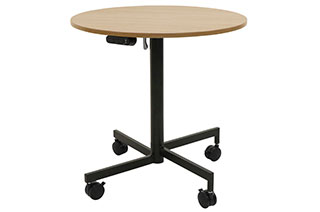
Mobile Nesting Tables with Integrated Power
Use Color Coding

Flexible spaces are great in theory, so long as employees and students aren’t frustrated when trying to put everything back at the end of the day. That’s why some ingenious campuses are using subtle color coding to make it easy to get chairs back where they belong. You can keep the design open without having furniture wander from one end of the building to another.

This tip doesn’t only apply to upholstered furnishings. You can use color coding with wood and metal finishes too.
Choose Coordinated Furnishings

If you want to tie spaces together without using the same furniture pieces, coordinating furnishings will let you use an open design without disrupting continuity. Using this practice will allow you to build flexible, multi-purpose areas on campus, while keeping the beautiful design.

It’s easy to coordinate furnishings by using different styles with the same upholstery or pieces that are similar in design but have different finishes.
Products Featured in This Article
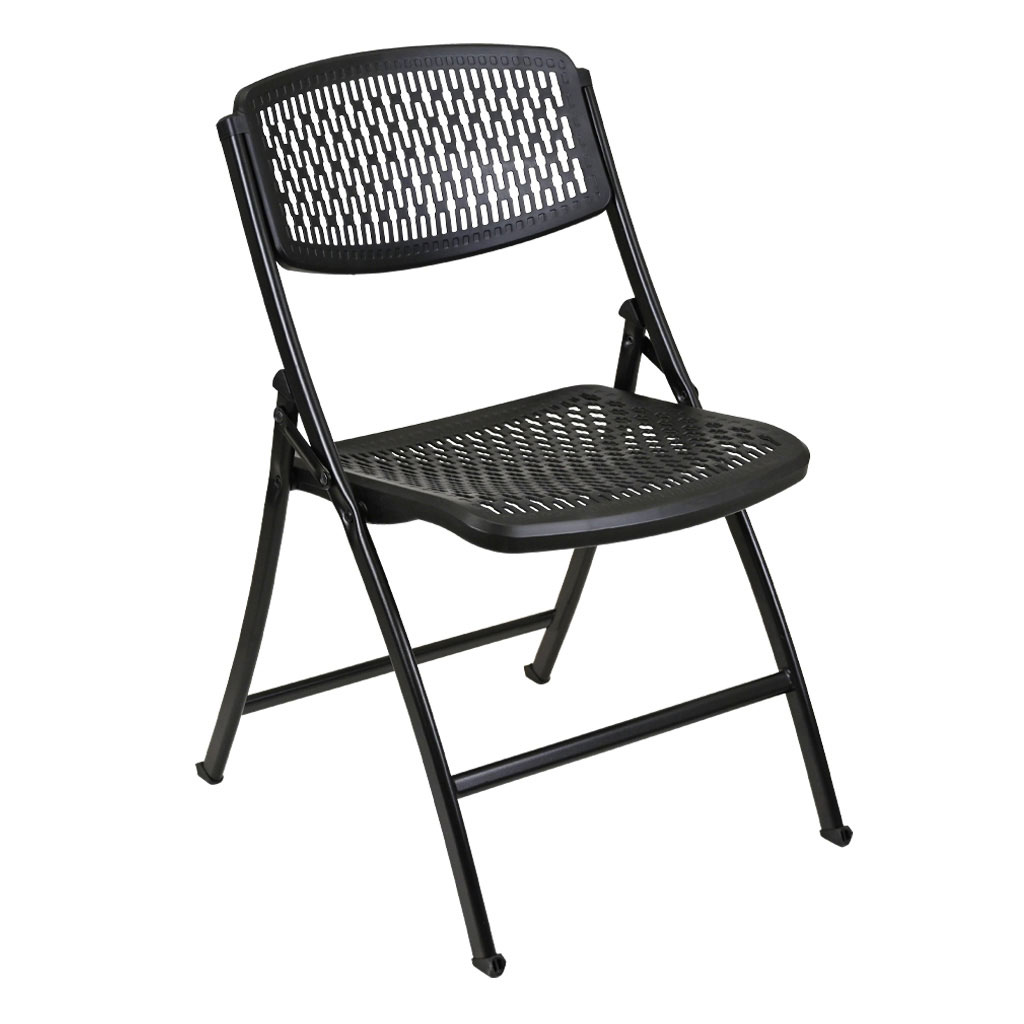
FlexOne CS Folding Chair
16 Plastic Colors, 19 Frame Colors
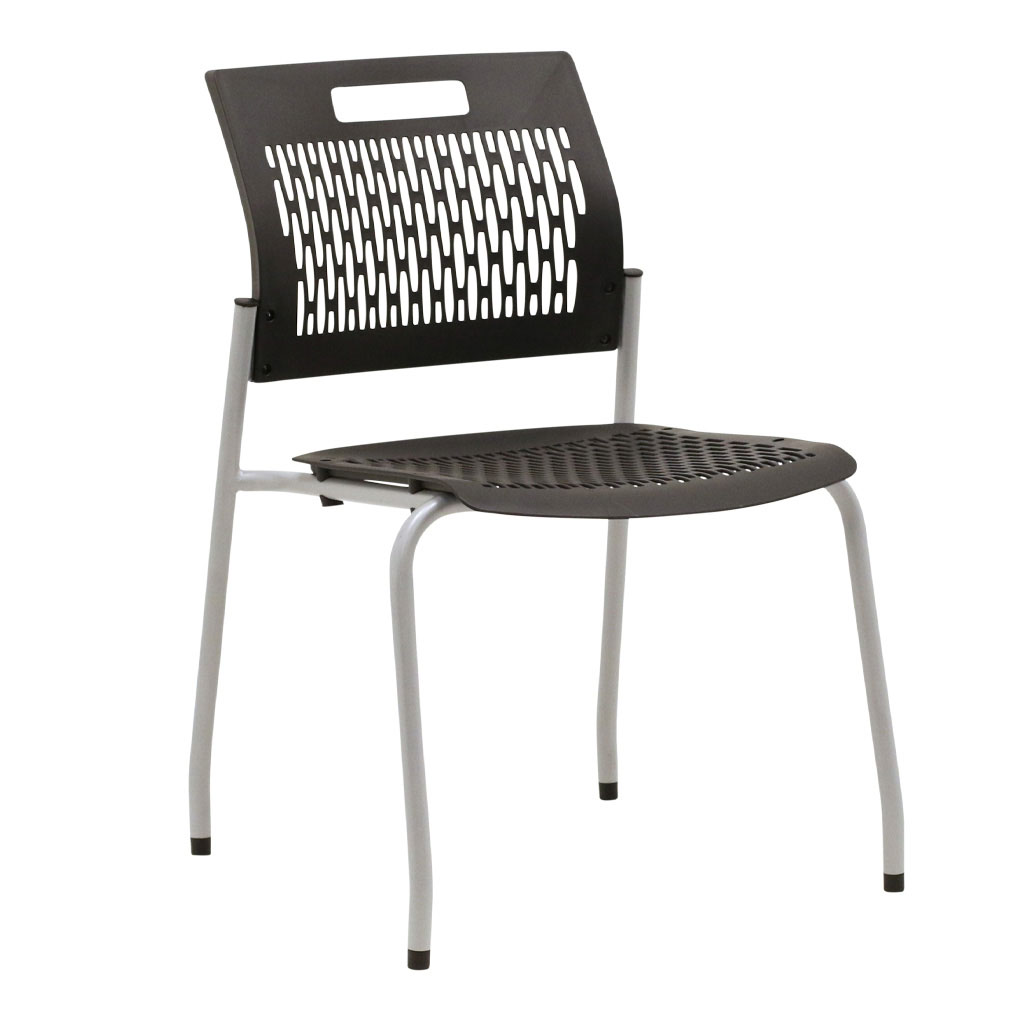
Adapt Stacking Chair
1 Plastic Color, 1 Frame Color
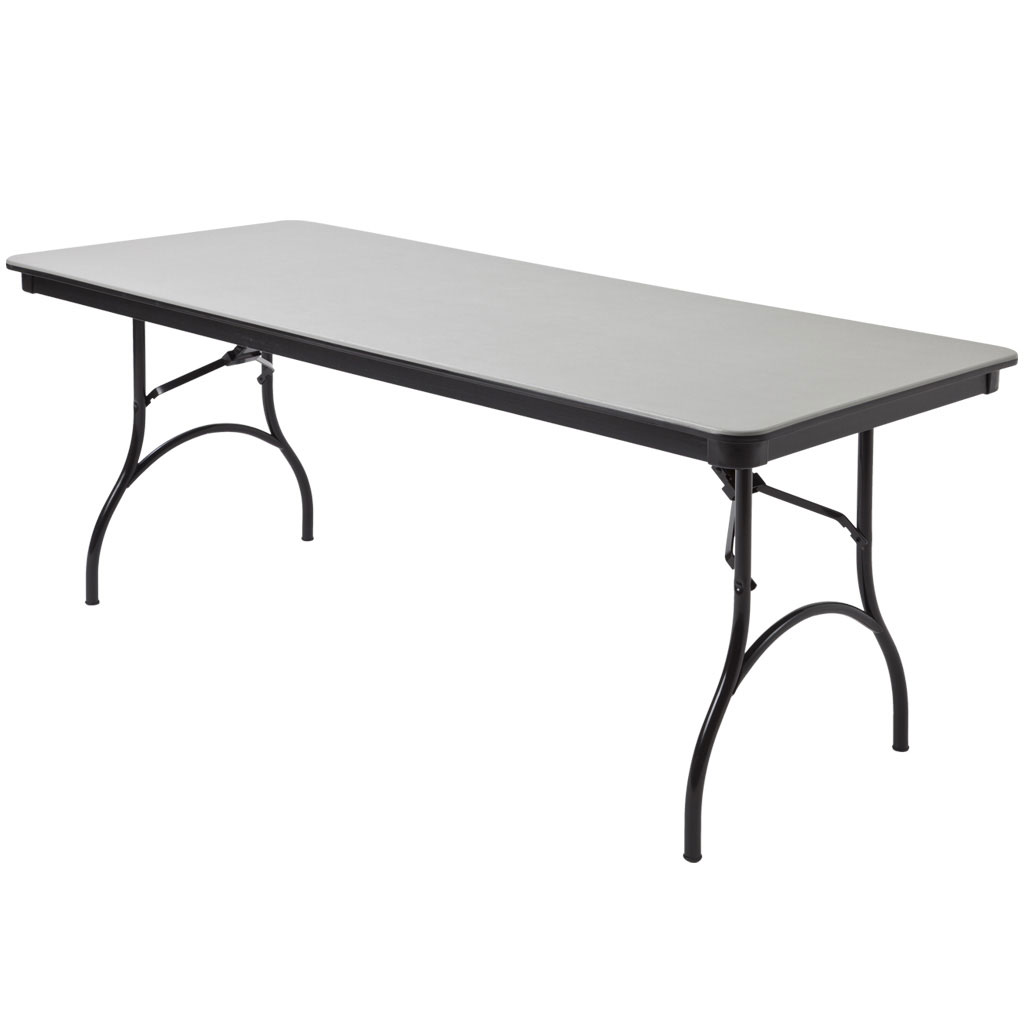
ABS Rectangle
13 Table Sizes, 4 Table Heights
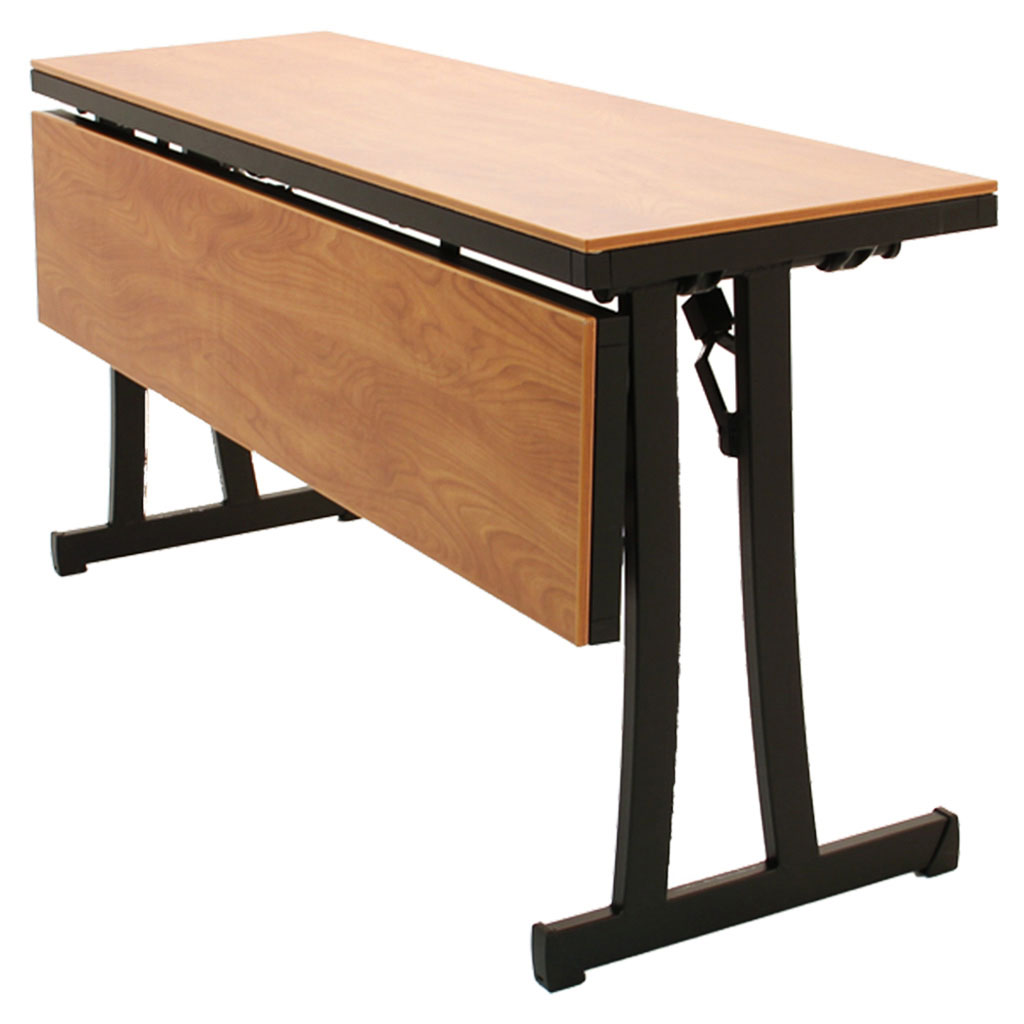
Reveal Linenless Duo Table
5 Table Sizes


